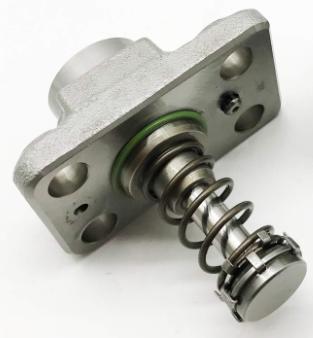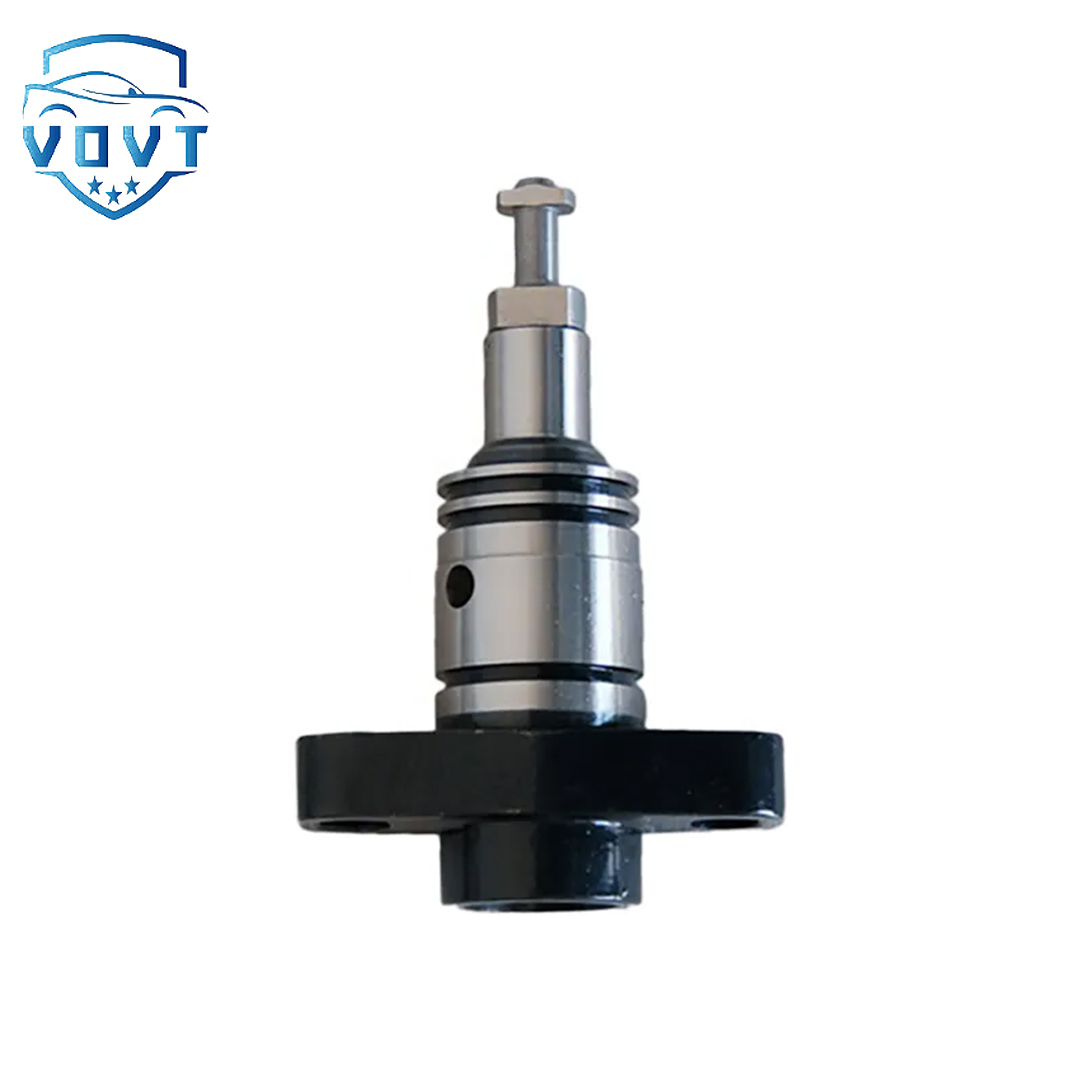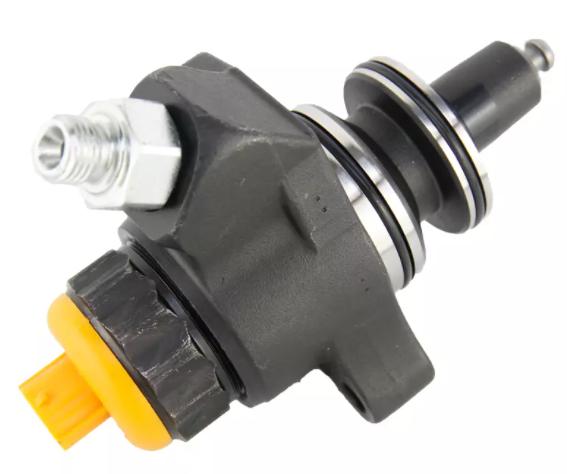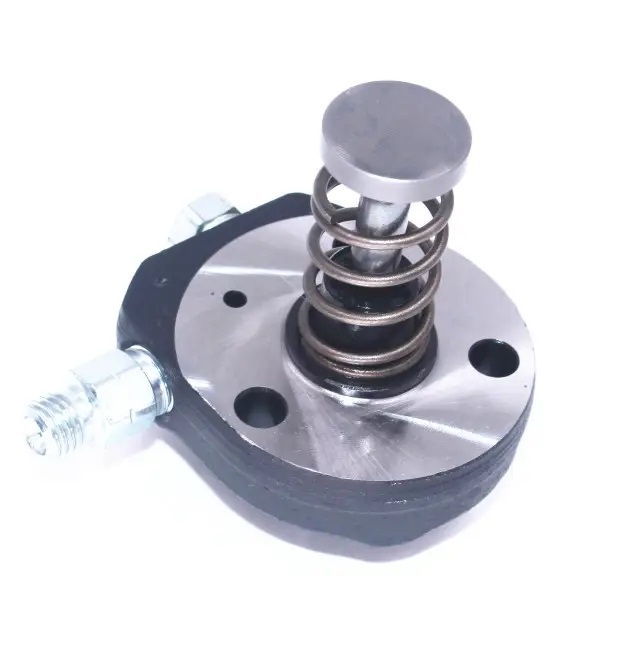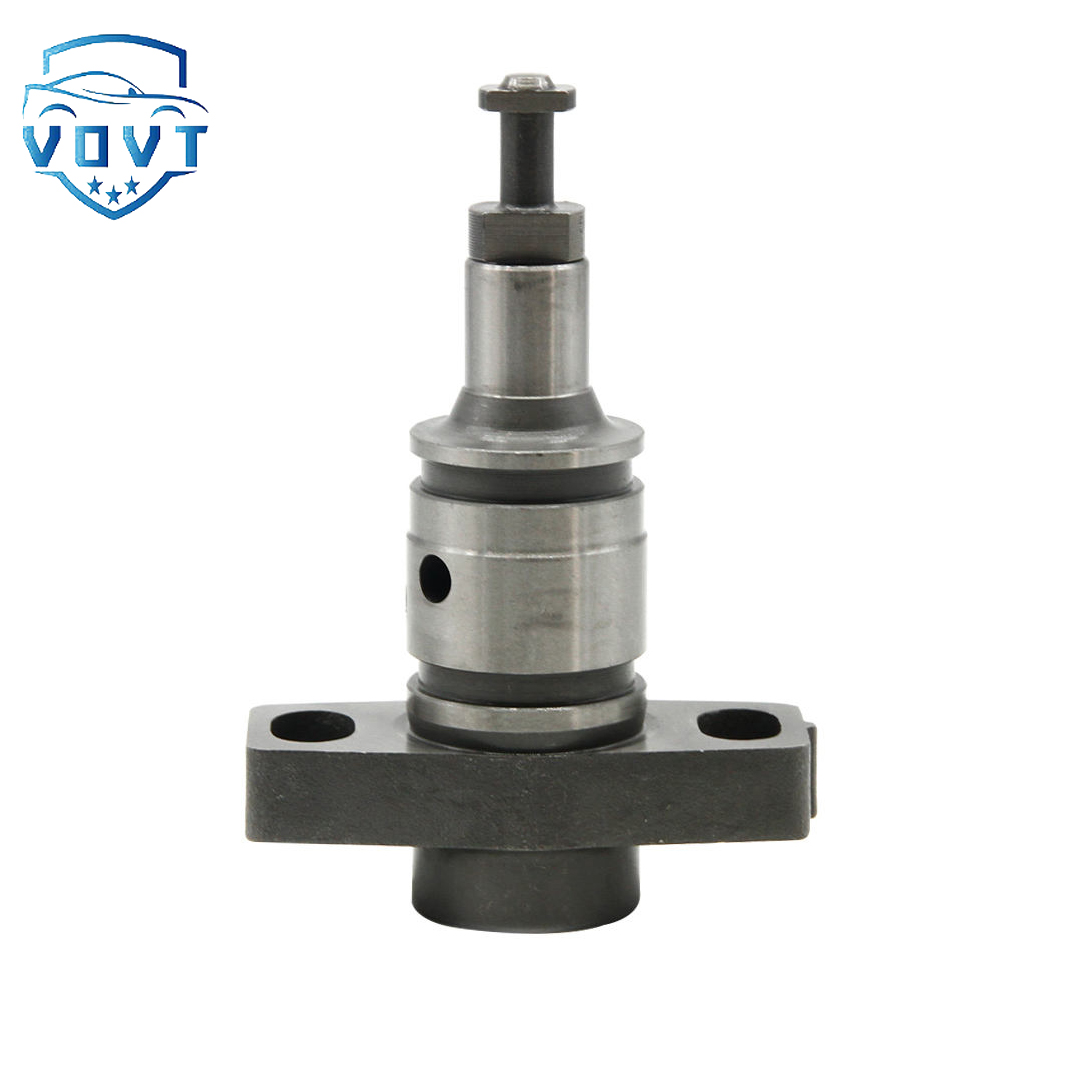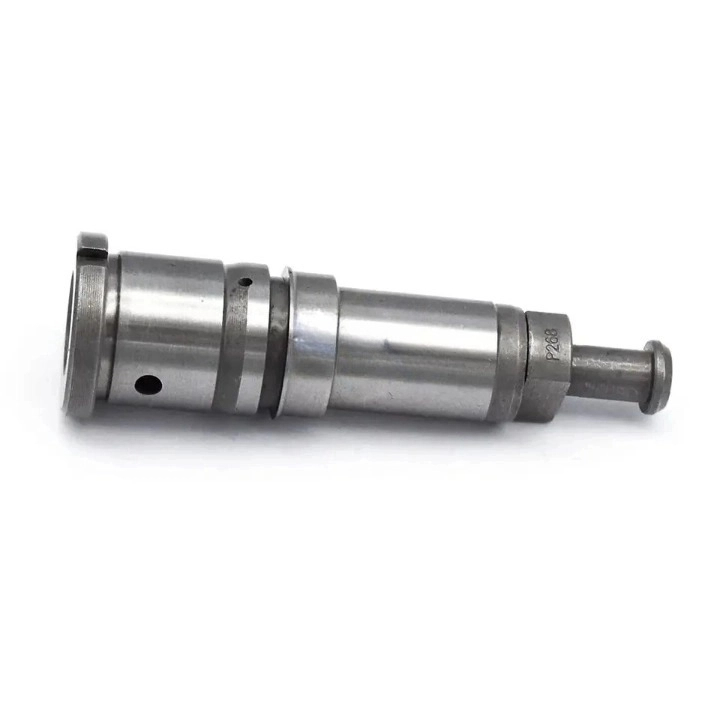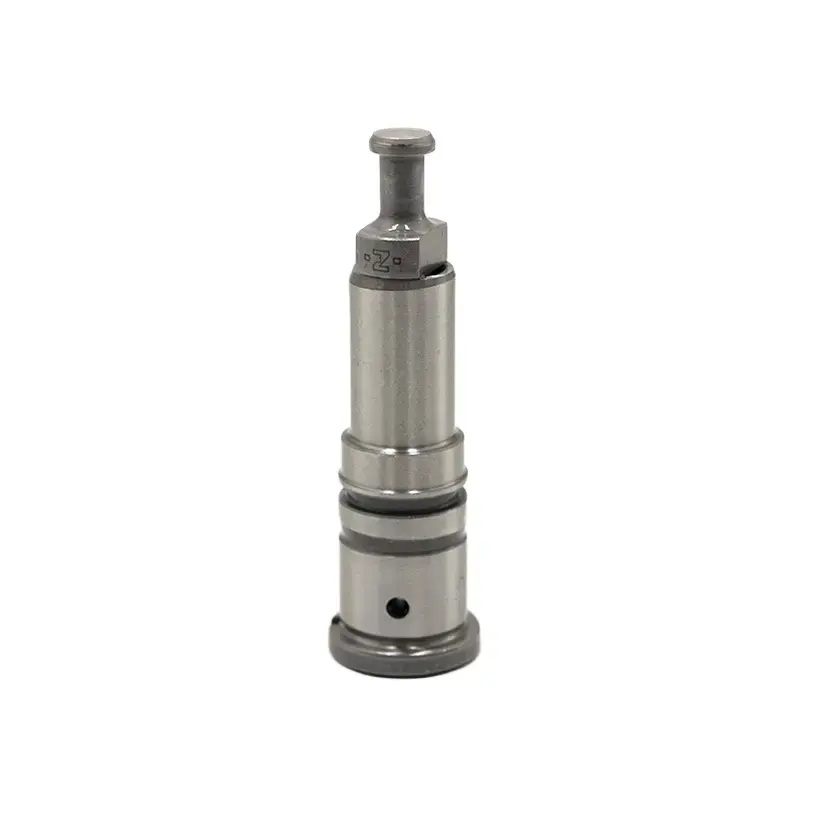Made in China Fuel Injection Pump Plunger A210 Pump Elements Engine Accessories
products description
| Reference. Codes | A210 |
| OE/OEM Codes | / |
| Application | / |
| MOQ | 5 PCS |
| Certification | ISO9001 |
| Place of Origin | China |
| Packaging | Neutral packing |
| Quality Control | 100% tested before shipment |
| Lead time | 7~15 working days |
| Payment | T/T, Paypal, Western Union or as your requirement |
How to determine whether the diesel fuel pump plunger needs to be replaced?
Abnormal engine operation symptoms judgment
1. Decreased power performance
Performance: The vehicle has weak acceleration, difficulty climbing, slow diesel engine speed increase, and obvious power attenuation under load.
Cause: Plunger wear leads to insufficient pump oil pressure, poor fuel atomization, and reduced combustion efficiency.
Example: The speed of a heavy-duty truck drops significantly when climbing a slope, and it is necessary to downshift to maintain power.
2. Difficult to start or unable to start
Performance: Multiple ignitions are required during cold start, and the speed is unstable after starting; it is difficult to start when the car is hot, and it cannot be restarted even after it is turned off.
Cause: Failure of the plunger seal leads to fuel leakage, insufficient pressure holding capacity of the pressure chamber, insufficient injection pressure of the injector, and inability to ignite the mixture.
Detection: Observe the exhaust pipe during startup. If the exhaust volume is small and there is no white smoke, it may be that the plunger pump oil is insufficient.
3. Abnormal exhaust and increased fuel consumption
Black smoke: Plunger wear causes the injection volume to be out of control (excessive fuel supply), the fuel is not fully burned, and the exhaust pipe emits thick black smoke.
White smoke: The plunger is stuck, causing the injection timing to be disordered, and the fuel is discharged before ignition, which is white smoke (white smoke is normal for a short time when the cold engine is started). Abnormal fuel consumption: Failure of the plunger oil quantity adjustment may cause the fuel consumption to increase by more than 10% compared with normal conditions. 4. Abnormal engine noise or vibration Performance: The engine makes a "clicking" sound (injection pressure fluctuation) at idle speed, and the vibration is aggravated at high speed. Cause: The plunger is worn and the movement is not smooth, or the pump oil pressure is uneven, resulting in unstable injection of the injector. Professional fuel system inspection 1. Fuel pressure test Tool: Fuel pressure gauge (the range must cover 100~200MPa, suitable for high-pressure systems). Steps: Disconnect the high-pressure oil pipe from the oil pump to the injector and connect the pressure gauge. Start the engine and observe the pressure value at idle speed:
Normal: The pressure of the mechanical pump system is about 10~30MPa, and the idle pressure of the high-pressure common rail system is about 20~50MPa. The pressure should rise rapidly to 80~160MPa during acceleration (depending on the model).
Abnormal: The pressure is more than 20% lower than the standard value, and there is no obvious increase during acceleration, indicating that the plunger pump oil capacity is insufficient.
Note: During the test, it is necessary to ensure that the oil pipe connection is sealed to avoid safety accidents caused by high-pressure fuel injection.
2. Injector atomization detection
Method: Remove the injector, connect it to the oil pump, manually pump oil to observe the spray state:
Normal: The fuel is sprayed in a fine mist, without obvious oil droplets or deflection, and the oil supply is cut off cleanly when it is cut off.
Abnormal: The spray is columnar, the oil droplets splash, or there is dripping after the oil is cut off, which may be caused by insufficient plunger pressure or inaccurate oil control.
3. Fuel impurities and leakage detection
Filter cup observation: Loosen the filter cup at the fuel pump inlet and check whether there are metal debris in the fuel (iron scraps from the wear and tear of the plunger).
Pressure test: Turn off the engine and observe whether the pointer of the fuel pressure gauge drops by more than 10% within 30 seconds. If it drops significantly, it means that the seal of the plunger pair has failed.
Disassemble the plunger pair for visual inspection
1. Appearance wear judgment
Remove the plunger and plunger sleeve (professional tools are required to avoid bumps), and observe with a magnifying glass:
Normal: The surface is smooth, without scratches, rust or peeling, and the clearance of the pair is uniform (standard clearance 0.001~0.003mm).
Need to be replaced:
The plunger surface has obvious longitudinal scratches, pits or wear grooves (especially the inclined groove);
The inner wall of the plunger sleeve has blue high-temperature sintering marks or the chrome plating layer falls off;
Skip the plunger surface with your finger and feel rough and blocked.
2. Sliding test
Soak the plunger pair in diesel, take it out and pinch the plunger sleeve with your fingers to tilt the plunger 45°, and gently release the plunger:
Normal: The plunger should slide down slowly and evenly (sliding time is about 1~3 seconds).
Abnormal: The plunger slides down quickly (the gap is too large) or is stuck (impurities are deposited or deformed), and the pair needs to be replaced.
3. Sealing test (simple method)
Block the top hole and oil return hole of the plunger sleeve with your fingers, and pull the plunger up with your other hand. After releasing, the plunger should be quickly pressed back to its original position by atmospheric pressure; or block the top hole, and you should feel obvious resistance when pushing the plunger. After releasing, the plunger will automatically rebound.
If there is no resistance when pulling or pushing, it means that the seal has failed and needs to be replaced.
Prediction based on maintenance cycle and fuel quality
1. Mileage and service life
The normal life of the mechanical pump plunger is about 100,000 to 200,000 kilometers (depending on the working conditions), and the plunger of the high-pressure common rail system has a longer life (200,000 to 300,000 kilometers). If the vehicle has traveled more than 150,000 kilometers and the plunger has not been replaced, it is recommended to combine the inspection and judgment.
For diesel engines that have been running at high load for a long time (such as engineering vehicles and trucks), the plunger wears faster and can be shortened to 80,000 to 100,000 kilometers.
2. Influence of fuel quality
If inferior diesel (high sulfur content and many impurities) is used, or the fuel filter is not replaced regularly (it is recommended to be replaced every 10,000 to 20,000 kilometers), the plunger may be abnormally worn within 50,000 to 80,000 kilometers.
Tip: When the fuel filter is frequently blocked (the replacement cycle is shortened to 1/2 of the normal one), be alert that the plunger has been damaged by impurities.
3. Maintenance history reference
If the diesel engine has been repaired due to "runaway", severe cylinder pulling and other faults, or water or impurities have entered the fuel system, the plunger may have been damaged and needs to be inspected in advance.
V. Emergency: Scenarios that require immediate replacement
Engine "runaway" (speed out of control): The fuel supply may not be adjusted due to plunger jamming. The fuel supply must be cut off immediately and the plunger must be replaced.
Abnormal vibration of high-pressure oil pipe: After starting, the high-pressure oil pipe vibrates violently, accompanied by abnormal engine noise. It may be that the plunger pump oil pressure rises and falls suddenly, and there is a risk of breakage.
Plunger is found to be stuck during disassembly: The plunger and plunger sleeve cannot be disassembled normally, or after disassembly, the surface is found to be severely ablated. The parts must be replaced and the camshaft, roller body and other linkage parts must be checked.
Judgment process recommendations
Preliminary observation: Record the abnormal symptoms of engine power, starting, exhaust and fuel consumption.
Pressure detection: Use a fuel pressure gauge to confirm whether the pump oil pressure meets the standard.
Atomization test: Check the spray state of the injector. After eliminating the injector's own fault, lock the plunger problem.
Disassembly verification: Professionals disassemble the plunger parts and confirm the degree of wear through appearance, sliding and sealing tests.
Comprehensive decision: Combine mileage, fuel quality and maintenance history to decide whether to replace (it is recommended that the maintenance station make the final decision).










